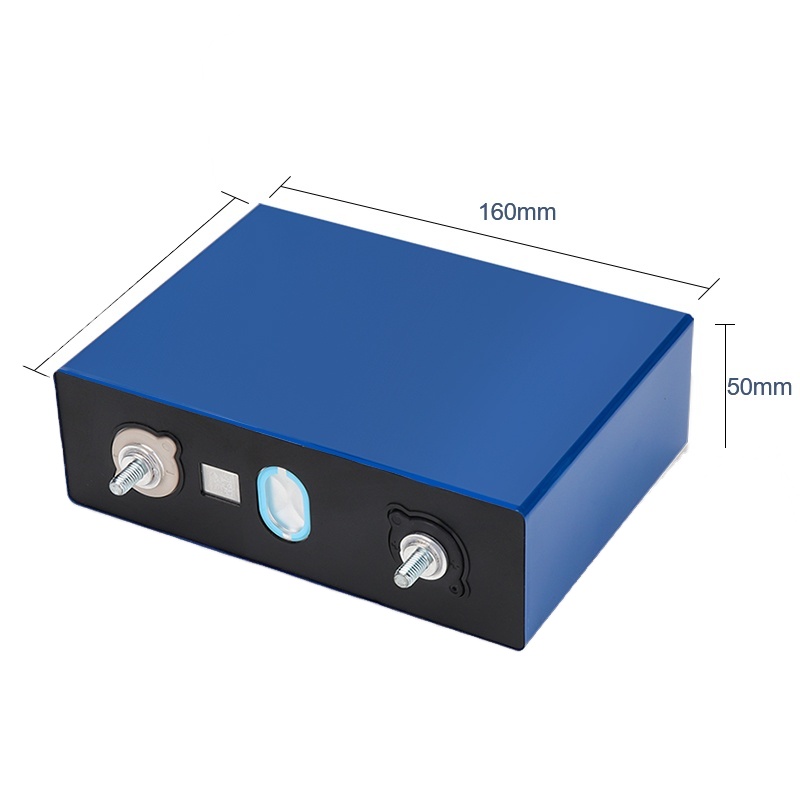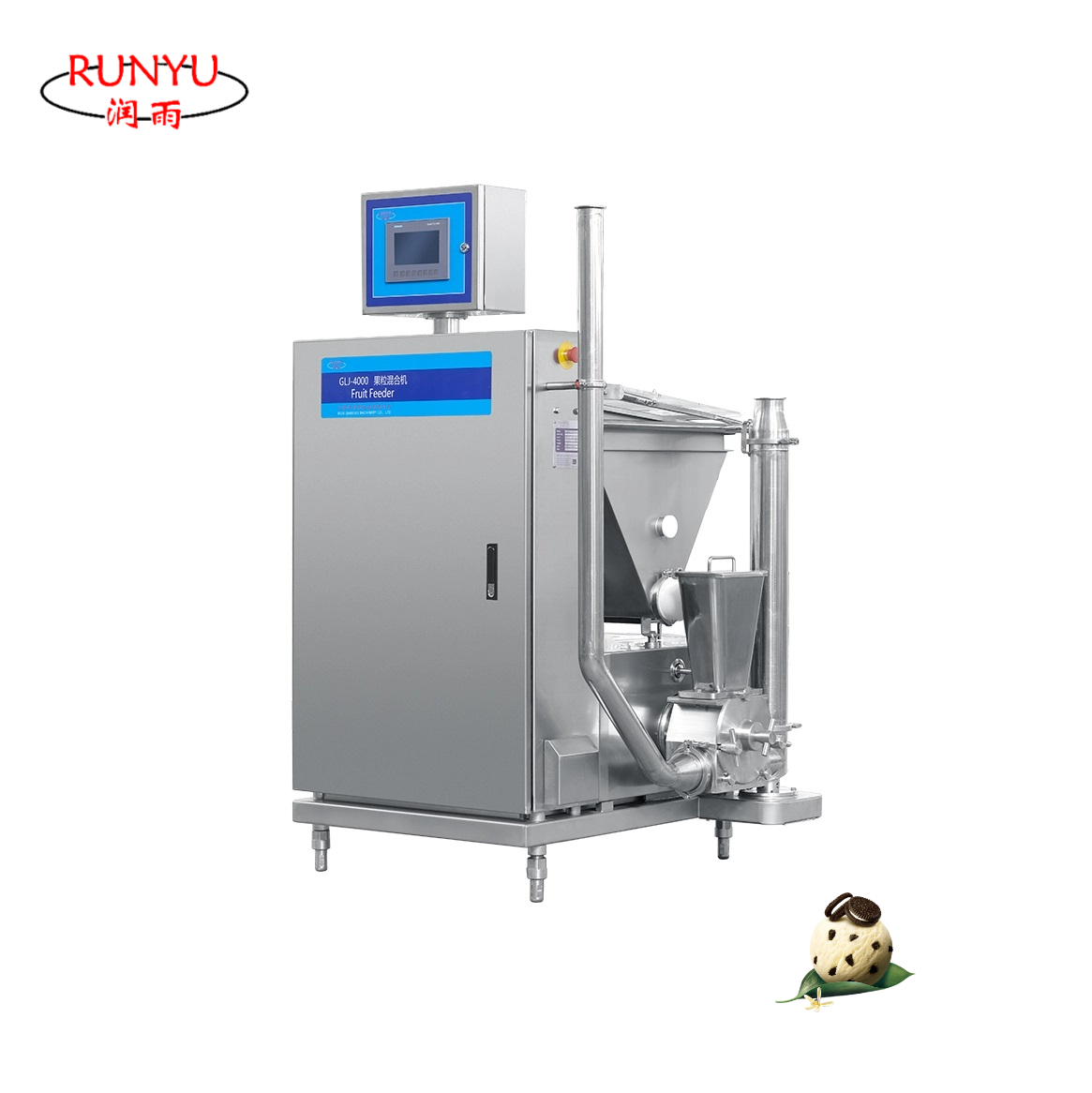When it comes to automotive electrical repairs, the choice of solder is crucial for ensuring reliable and long-lasting connections. With the increasing complexity of automotive electrical systems, selecting the appropriate solder can significantly impact the performance and durability of repairs. This article delves into the various types of solder available, their properties, and the best practices for using them in automotive applications.
Understanding Solder Types
Solder is a fusible metal alloy used to join together metal workpieces. In automotive applications, the most common types of solder are lead-based and lead-free solders. Each type has its own advantages and disadvantages, making it essential to understand their characteristics before making a decision.
- Lead-Based Solder
Lead-based solder, typically composed of a tin-lead alloy (commonly 60/40 or 63/37), has been the industry standard for many years. Its advantages include:
- Lower Melting Point: Lead-based solder melts at a lower temperature (around 183°C or 361°F), making it easier to work with, especially in delicate electronic components.
- Excellent Electrical Conductivity: Lead-based solder provides superior electrical conductivity, which is essential for automotive circuits that require reliable connections.
- Good Wetting Properties: This type of solder flows well and adheres to metal surfaces, creating strong joints.
However, due to health and environmental concerns associated with lead, many manufacturers and repair shops are transitioning to lead-free alternatives.
- Lead-Free Solder
Lead-free solder is typically made from a combination of tin, copper, silver, and other metals. While it is more environmentally friendly, it comes with its own set of challenges:
- Higher Melting Point: Lead-free solder generally has a higher melting point (around 217°C or 423°F), which can pose a risk of damaging sensitive components if not handled properly.
- Variable Composition: The performance of lead-free solder can vary significantly based on its composition, making it essential to choose a high-quality product specifically designed for automotive applications.
- Reduced Wetting Ability: Lead-free solders may not flow as easily as lead-based solders, which can lead to weaker joints if not applied correctly.
Selecting the Right Solder for Automotive Repairs
When deciding on the type of solder to use for automotive electrical repairs, consider the following factors:
- Application Type
Different automotive applications may require different solder types. For instance, high-temperature environments, such as those found near engines, may benefit from lead-free solder due to its higher melting point. Conversely, for repairs on sensitive electronic components, lead-based solder may be preferable due to its lower melting point and better flow characteristics.
- Component Sensitivity
Evaluate the sensitivity of the components involved in the repair. If you are working with delicate electronic parts, lead-based solder may be the better choice to avoid thermal damage. For more robust connections, lead-free solder can be used effectively.
- Regulatory Compliance
In many regions, regulations regarding the use of lead in electronics are becoming stricter. Ensure that the solder you choose complies with local regulations, especially if you are operating a repair shop or working on vehicles that will be sold.
Best Practices for Soldering in Automotive Applications
Regardless of the type of solder you choose, following best practices is essential for achieving high-quality repairs:
- Clean the Surfaces: Ensure that the surfaces to be soldered are clean and free of oxidation or contaminants. Use a suitable cleaning agent or abrasive to prepare the surfaces.
- Use the Right Tools: Invest in a good-quality soldering iron with adjustable temperature settings. A fine tip is ideal for precision work on small components.
- Control the Temperature: If using lead-free solder, monitor the temperature closely to avoid overheating components. A temperature-controlled soldering iron can help maintain the right heat levels.
- Apply Flux: Using flux can improve the flow of solder and enhance the quality of the joint. Choose a flux that is compatible with your solder type.
- Inspect the Joint: After soldering, inspect the joint for any signs of cold solder joints or insufficient solder. A good joint should be shiny and smooth.
Conclusion
Choosing the right solder for automotive electrical repairs is a critical step that can influence the reliability and longevity of the repair. By understanding the properties of lead-based and lead-free solders, considering the specific application, and adhering to best practices, you can ensure that your repairs stand the test of time. Whether you are a professional mechanic or a DIY enthusiast, making informed decisions about solder will lead to better outcomes in your automotive electrical projects.




